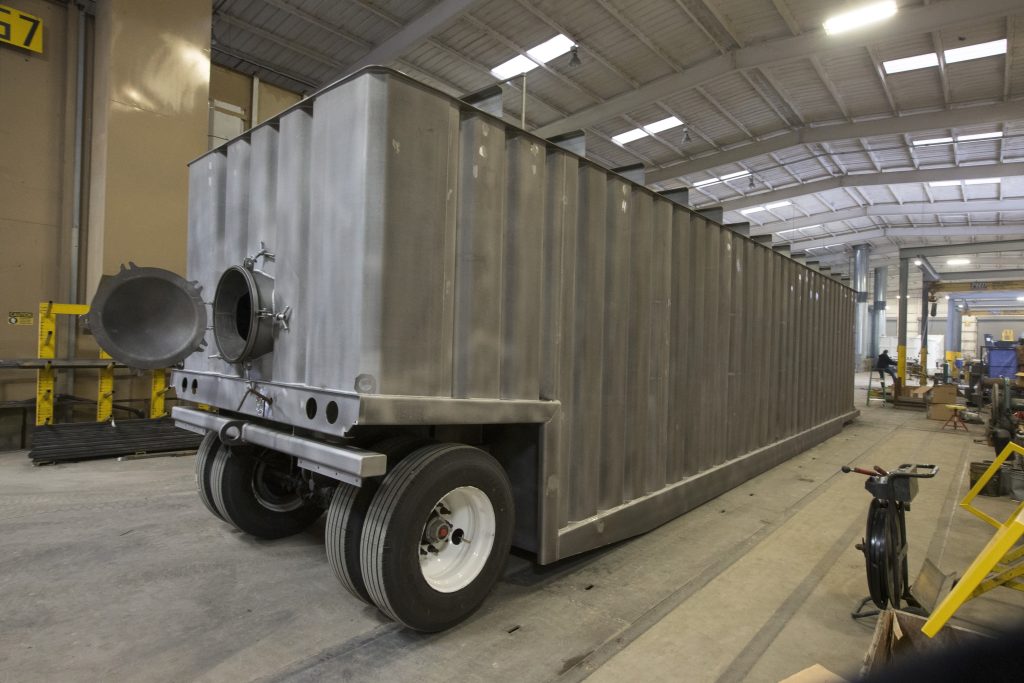Seismic Analysis and Design of a 21,000-Gallon Frac Tank Considering the Fluid-Structure Interaction Effects for a FLEX Response at a Nuclear Power Station

After loss of power and reactor cooling capability at the Fukushima Daiichi nuclear power plant due to an extreme seismic event, the U.S. nuclear energy industry developed a diverse, flexible approach to implement the lessons learned, called FLEX. FLEX builds on earlier safety steps by providing an effective and efficient way to make U.S. nuclear energy facilities even safer, by addressing nuclear regulatory commission (NRC) recommendations. These recommendations include systems such as additional layers of backup power by generators, battery packs, pumps, and air compressors in multiple on-site and off-site locations, to be available if all plant backup equipment is insufficient. A 21,000 gallon frac tank will supply backup water storage to reactors at a nuclear power plant during a beyond design basis event. This paper presents methodology for seismic structural analysis of the frac tank for two times the operating basis earthquake (OBE) and safe shutdown earthquake (SSE) response spectra including the Lindley-Yow method of analysis to properly account for the rigid response component. We performed fluid-structure interaction analysis using the computer program NASTRAN. Multiple tank fill conditions were considered, and evaluation was performed to ensure all component stresses were below allowable values per ANSI/AISC N690-12 and 350-10. The tank was evaluated for global stability using nonlinear sliding and overturning provisions of Appendix A of ASCE 43-05.
Publisher
Structures Congress 2017
Authors
Christine Roy, Michael Mudlock